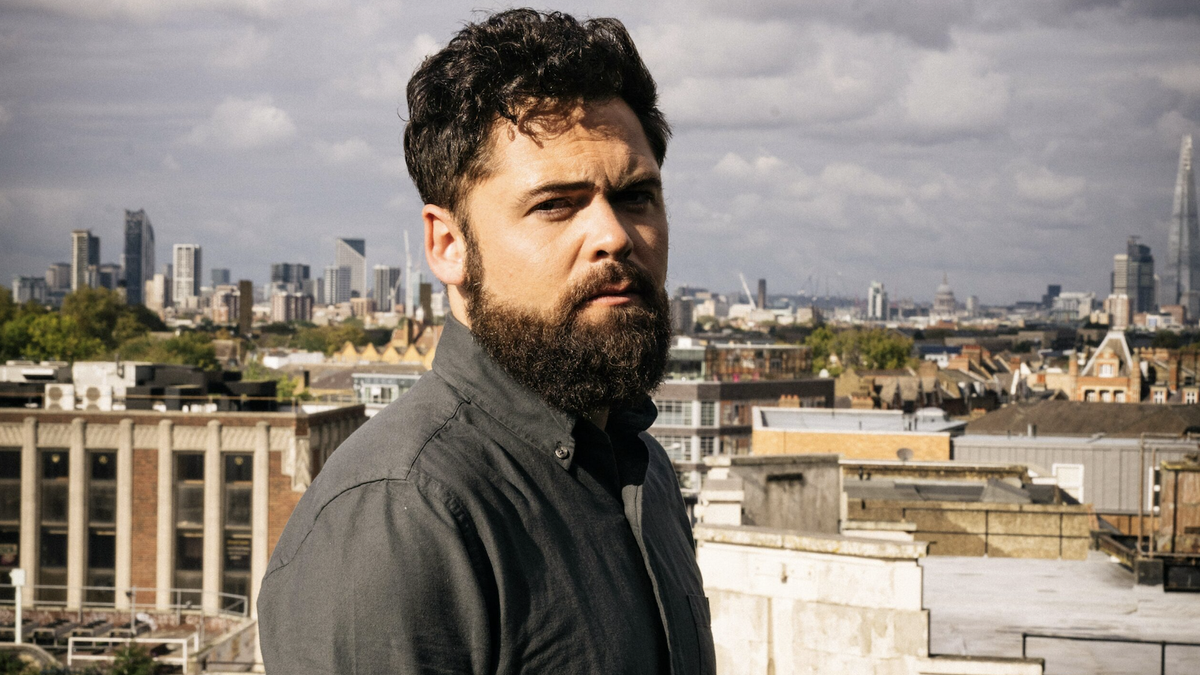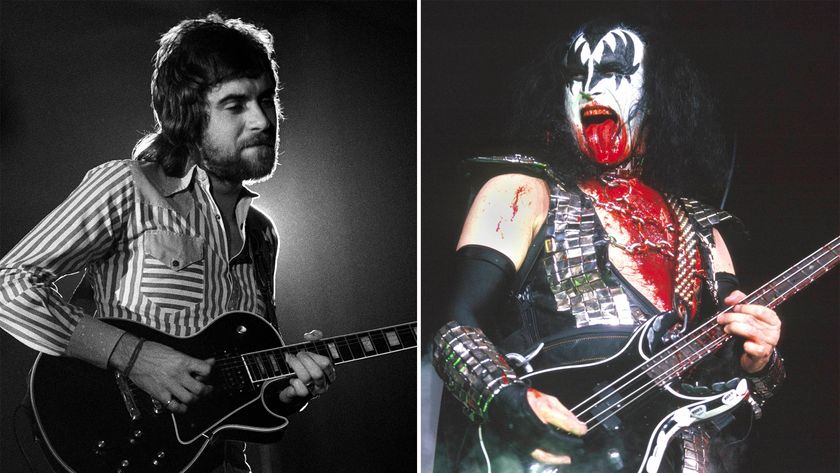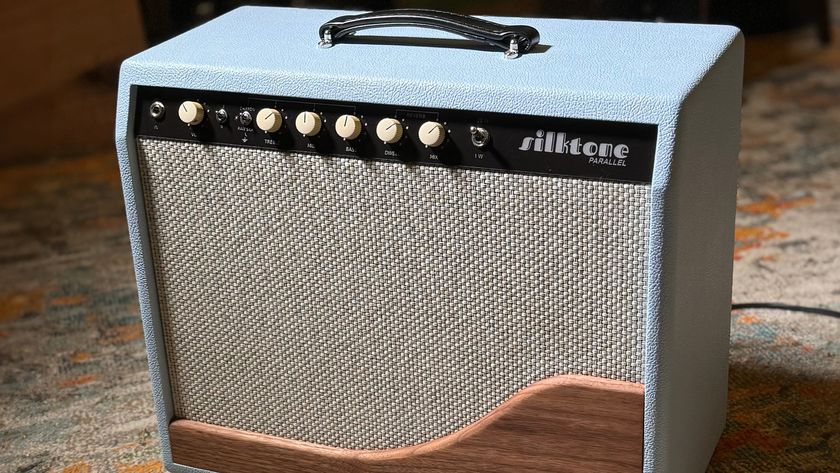Passenger: “It’s just the sensible thing to do to be a good guy and give back a little bit”
Modern-day folk lord Passenger doesn’t quite understand the concept of a ‘break’, having just released his eighth album in eight years. On this one, he plunges right into the deepest, most emo depths of his heart.

Despite being one of the most heavily streamed artists of all time (his 2012 hit “Let Her Go” racking up over a billion plays of its own), with tens of millions of albums sold and more arenas packed with diehard fans than you could fit typed out on this whole page, Passenger (or to his mates and mum, Mike Rosenberg) is almost scarily down-to-earth. He answers our Zoom call from his lowkey Brighton living room, dressed in favourite footy team’s jersey and sipping gently on a cup of tea, winding down from a long day of waxing lyrical about his 13th album.
As the title Songs For The Drunk And Brokenhearted might imply, the record is distinctly deep and melancholic, its narratively focussed ten tracks being written at a particularly tumultuous point in Rosenberg’s life. But he’s quick to note that in pouring his soul into song, Rosenberg is able to liberate himself from the sadness that surrounds the record – for him, the disc is proof of how far he’s come since hitting the low that inspired it. And he’s champing at the bit of an opportunity to hit the road and embrace the record, in all its grey and gloom, with crowds full of similarly brokenhearted punters.
Until such a time comes, Rosenberg is content spending his nights chatting about the little jams he writes in his bedroom with a Gibson Hummingbird on his lap – like he does here for Australian Guitar!
Thematically, you’ve described this LP as being “populated by drunk and broken-hearted characters” with the bar as a recurring motif. How did you want to convey that on a musical wavelength?
I think with all of my records, I try to maintain a healthy balance of different feelings. I’m a massive fan of bands like The Smiths, who always put those quite sad and weird lyrics to really jangly, upbeat and catchy guitar lines. I think there’s a couple of moments on this record that remind me of that, especially with the title track and “What You're Waiting For” – I feel like they have that toe-tappy vibe for the first couple of listens, and then when you kind of hone in on the lyrics, you might realise that there’s a slightly darker undercurrent at play.
The rollout for this album is very optimistic, though, like how you’ve partnered with Ecologi and The Eden Project to plant a tree for every copy sold.
I think we’ve been pretty environmentally conscious for a while. I think if you’re making any kind of physical product nowadays, the onus is on you to come up with a way of offsetting the environmental damage that causes. It’s not going to save the planet, but at least it’s a step in the right direction. We looked into biodegradable shrink-wrap and all of this other stuff for the albums themselves, too – it alleviates a little bit of the guilt, I suppose [laughs].
Well, like how you donated all the profits from your last two records to charities around the UK – I have to give you props for being dedicated to doing good with your success as an artist.
Y’know, I never thought I would be successful like this. I think with any type of fame or popularity, you get to the point where it’s just the sensible thing to do to be a good guy and give back a little bit – wherever you can.
So the tracklisting for this record is doubled and mirrored, with an acoustic version of the entire album playing out in reverse order after the main affair is done. Where did that idea come from?
I don’t know. Funnily, we were going to start the record off with “London In The Spring”, but we ended up finishing with it. It probably sprung from the idea of myself being like, “Well, I still kind of like [‘London In The Spring’] as an opening track – maybe we could do that with the acoustic version.” And then that idea would have spun into someone saying, “Well, why don’t we just mirror the whole tracklist?” I also think that if people are listening to the record on a streaming platform, it would be kind of weird to listen to the album once and then have the same album play again in an acoustic format – it just felt like a nice little twist, I suppose.
Get The Pick Newsletter
All the latest guitar news, interviews, lessons, reviews, deals and more, direct to your inbox!
What kind of guitars were you swinging around in the studio for this record?
For the most part I played my Gibson Hummingbird, which is not particularly old or sexy, but it’s just got a really sweet tone. For the last couple of records, I’ve been playing a really old Gibson that I bought in Japan a few years ago for quite a lot of money. It’s a pretty special guitar – it’s old and Japanese and lovely – but I just really love the tone of the Hummingbird. I think it’s softer, a little warmer, and it requires a lot less space. And it blends in with the other instruments a lot better. Because mate, my records aren’t about my guitar playing, much of the time – y’know, there are some moments where I want to let it shine, whenever there’s a nice melody or whatever, and I think I’m an okay player, but it’s never really the essence of it. My parts just need to kind of sit and bubble away a lot of the time. Whereas Benny Edgar, who’s the lead player on this album, he’s incredible – I’m very lucky to have him playing on the record. He’s actually Australian, based down in Melbourne! He used to play with Angus & Julia Stone, and he’s an absolute monster. A total tone legend.
What’s the origin story behind your Hummingbird?
My first real ‘nice’ guitar was a J-45 – in fact I bought it from the Gladesville Guitar Factory along Parramatta Road in Sydney. It was way before “Let Her Go” happened – I was busking in Australia and the guitar I had at the time was f***ed, so I was like, “Okay, it’s time to buy a nice guitar.” It was like $2,000 Aussie dollars or something ridiculous like that, and it was like an enormous investment – I remember ringing my manager and being like, “F***, man, should I!?” But I ended up grabbing it, and I played that J-45 for years. And then I got a Hummingbird, just because it sounded lovely, but it’s actually not that good on the road. The J-45s are just workhorses: you can smash them about, you can give them hell, and they’ll never quit on you. And they’ve got a lovely, warm bottom-end, so when it’s just me onstage, it really fills the room. Whereas the Hummingbirds, I think in the studio they’re beautiful, but on the road they’re a little more temperamental and a bit more precious about things.

Ellie Robinson is an Australian writer, editor and dog enthusiast with a keen ear for pop-rock and a keen tongue for actual Pop Rocks. Her bylines include music rag staples like NME, BLUNT, Mixdown and, of course, Australian Guitar (where she also serves as Editor-at-Large), but also less expected fare like TV Soap and Snowboarding Australia. Her go-to guitar is a Fender Player Tele, which, controversially, she only picked up after she'd joined the team at Australian Guitar. Before then, Ellie was a keyboardist – thankfully, the AG crew helped her see the light…

“Zal is really nobody’s guitar hero. Fans say he’s the most underrated player ever; many guitarists rate him amongst the best... but I’ve never heard anyone call him their ‘guitar hero’”: Billy Rankin on lessons learned from the legendary Zal Cleminson

“I had to use the same microphone that Gene Simmons used with all the blood coming out of his mouth. Can you imagine that!”: Mick Rogers recalls Kiss supporting Manfred Mann's Earth Band in their early days








